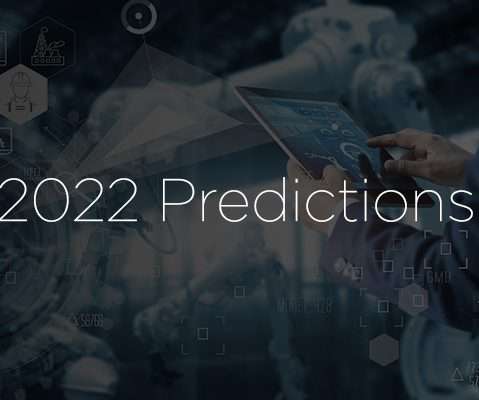Business Continuity 2025 – What Will Future Incidents Look Like?
Plan B Consulting
APRIL 12, 2019
In the first bulletin of his new ‘Business Continuity 2025’ series, Charlie discusses what incidents might look like in 2025. There wasn’t a particular incident which took my fancy to write about this week, so I thought I would write about what BC might look like in 2025.












Let's personalize your content